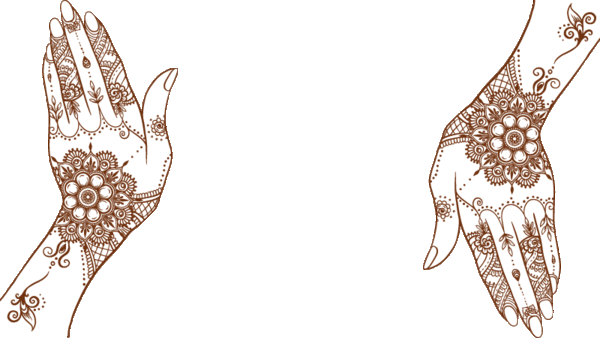

Henna has been an integral part of Omani culture and beauty practices for centuries. Henna artistry, which involves intricate designs and decorations, has not lost its charm over time. On the contrary, henna adornment has become a popular fashion trend, with women using it for various occasions and celebrations, including weddings, Eid, and other festivities.
Traditionally, henna leaves were picked, dried, ground, and mixed with crushed dry lemon and water. The henna mixture was then prepared days in advance, especially for holidays like Eid, when women would knead the henna and apply it to the hands and feet of their children a day before the celebration. As time passed, however, chemicals were introduced to the process.
health and safety
To ensure the health and safety of consumers, the Ministry of Commerce, Industry, and Investment Promotion in Oman has established technical requirements for henna dough through the Omani Standard for Henna Dough (OS 1654/2022). The standard was developed in collaboration with the Municipality of Muscat, the Consumer Protection Authority, and the Ministry of Health, based on scientific studies conducted on the product.
According to the standard, henna is defined as a flowering plant or shrub grown for commercial purposes in several countries around the world. It is used to dye skin, hair, nails, leather, and wool. Henna dough, on the other hand, is defined as a homogeneous mixture prepared by combining the natural henna powder with water or other natural or industrial liquids, along with other materials, to intensify the colour and ensure that it remains on the skin for an extended period. This mixture is used for beauty or treatment purposes and is applied to the hands, feet, hair, or other parts of the body.
The Omani standard requires the henna dough to be free of Para-phenylenediamine (PPD), pork fat and its derivatives, unclean or undissolved substances, and toxic heavy metals. Henna leaves contain Lawson dye molecules that have the ability to bind to various proteins. However, when PPD is added to the henna mixture, it may cause skin sensitivity and increase the risk of dermatitis, making it crucial to detect the presence of heavy metals and toxic ingredients before marketing henna in the local market.
heritage tradition
The growing demand for henna artistry has turned it into a heritage tradition that has evolved into a profession and a source of livelihood for many people. Henna artists must ensure that the packages they use for henna paste include explanatory data such as the product name, manufacturer name and trademark, net weight, mixture ingredients, batch number, production date, expiration date, country of origin, and cautionary phrases for the product’s use.
Oman Observer is now on the WhatsApp channel. Click here



